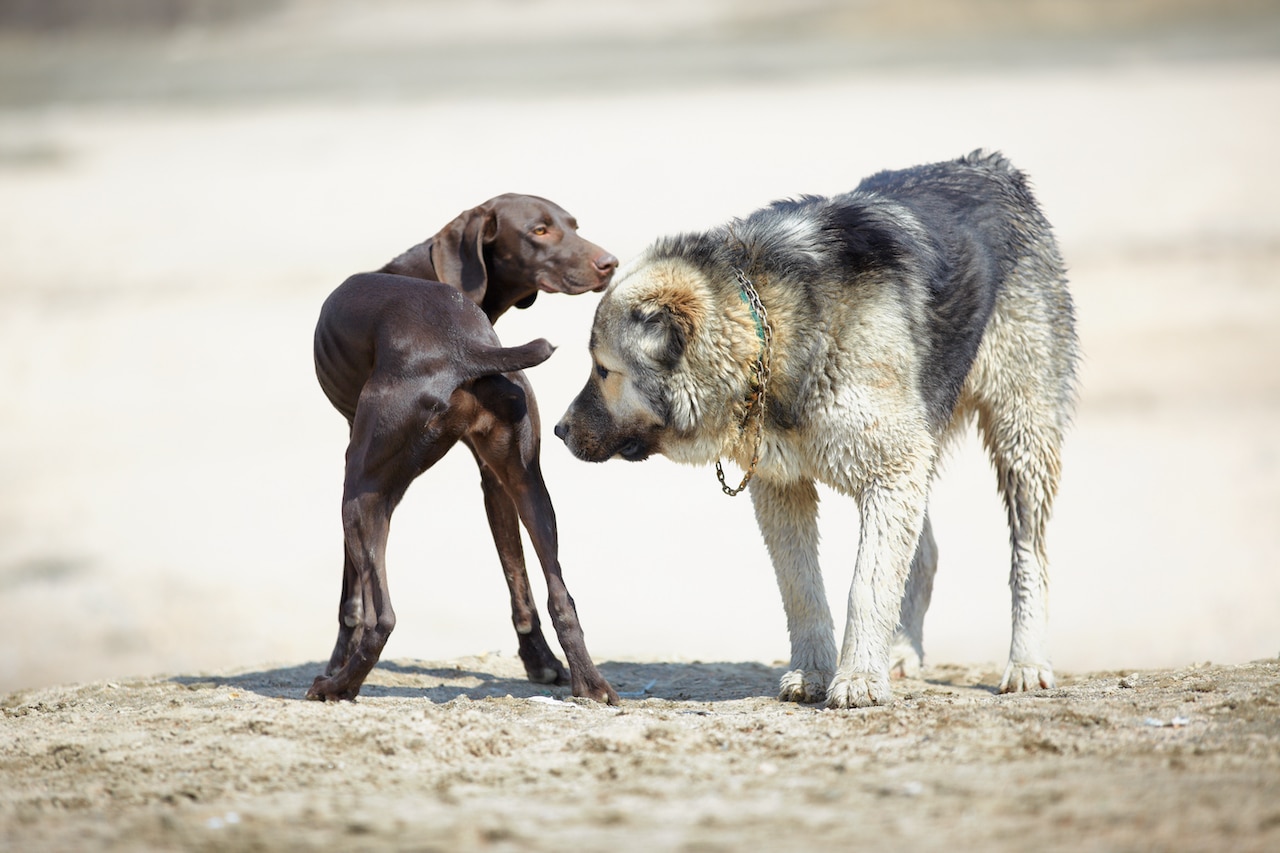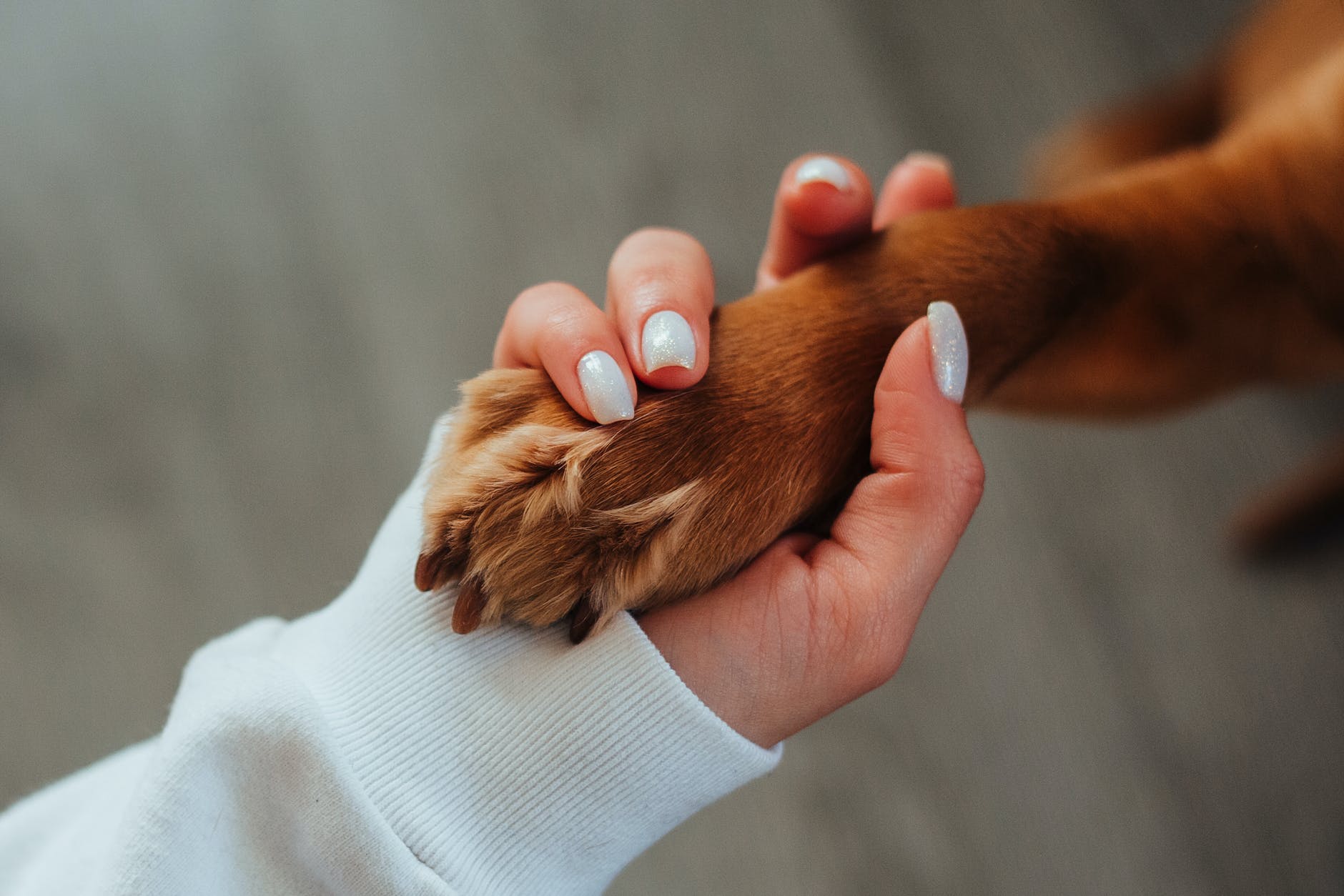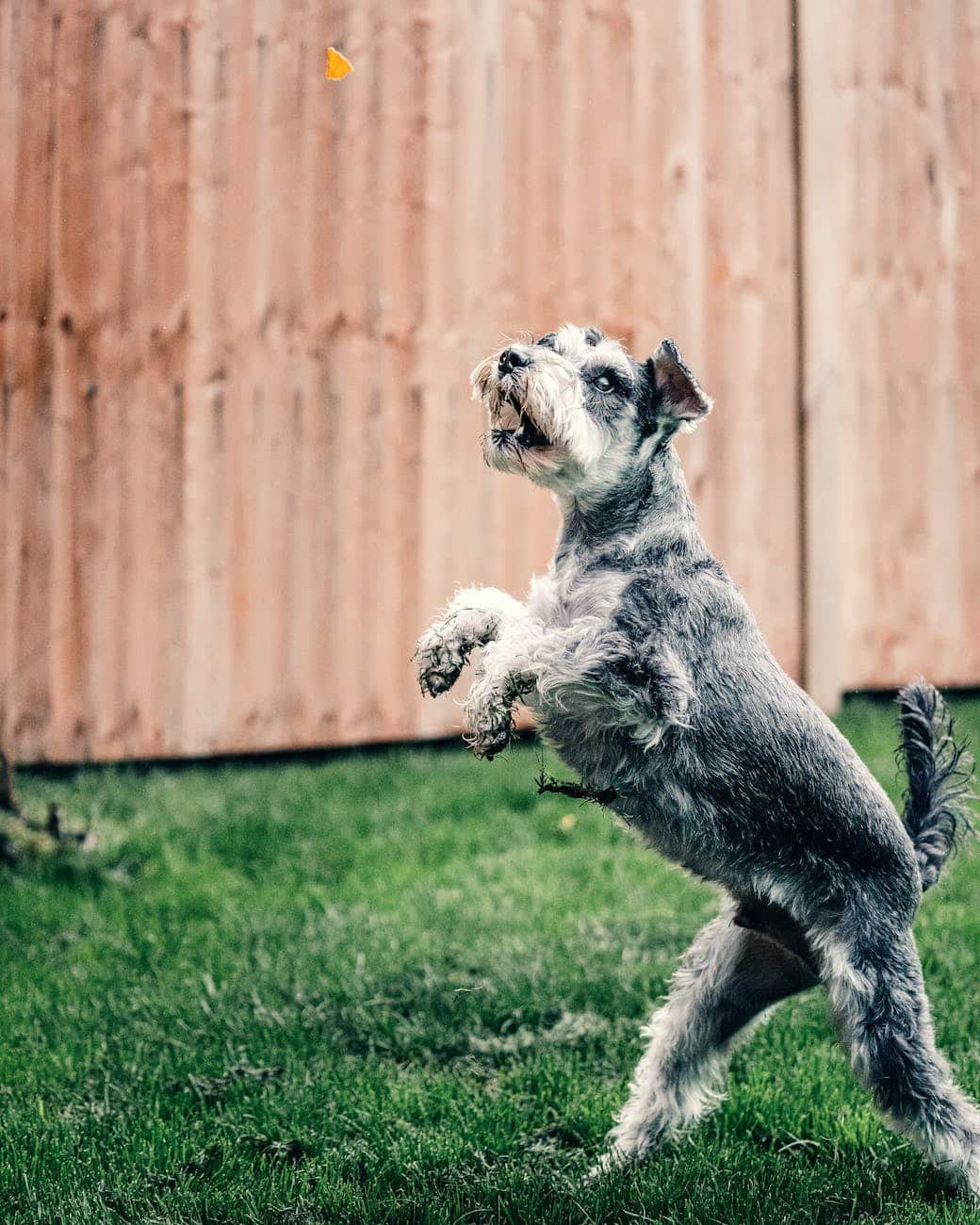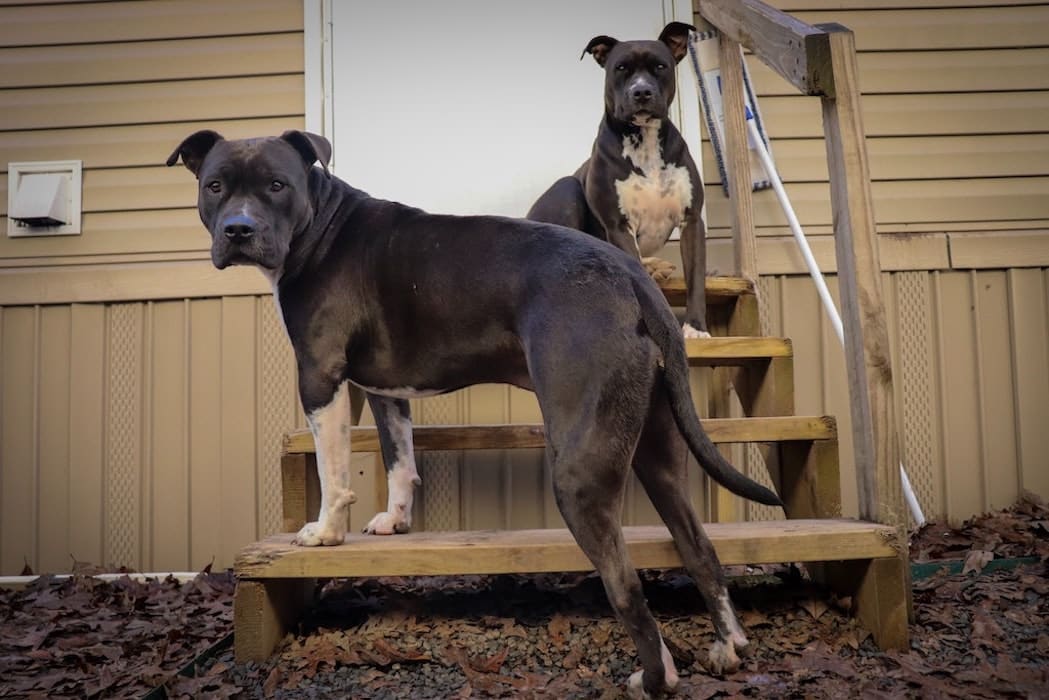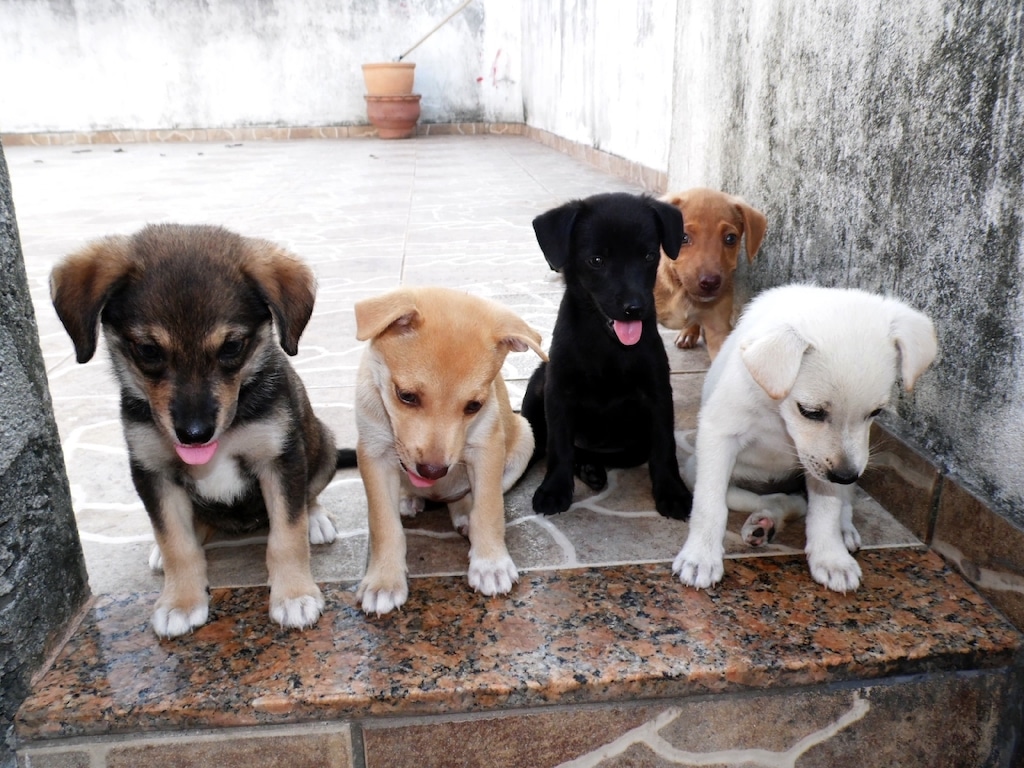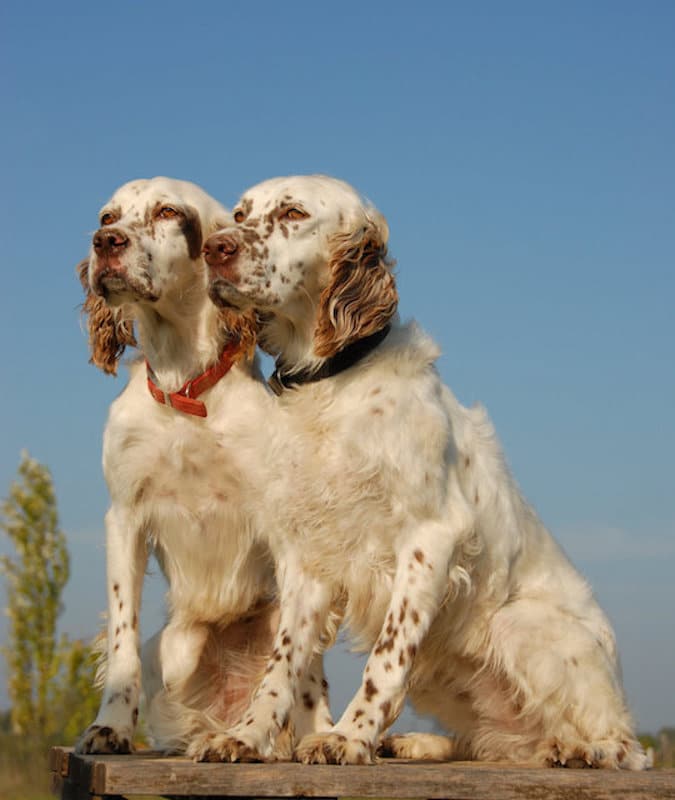
Debunking Common Misconceptions: How to Spot Signs of a Happy Dog
How to tell if your dog is happy Dogs are incredible creatures known for loyalty, affection, and endearing personalities. As responsible pet owners, we must ensure our furry friends' happiness…[...]
